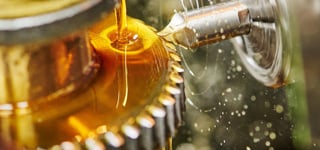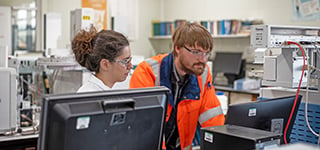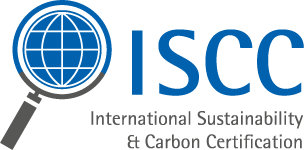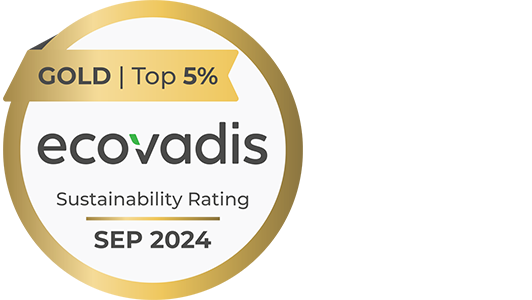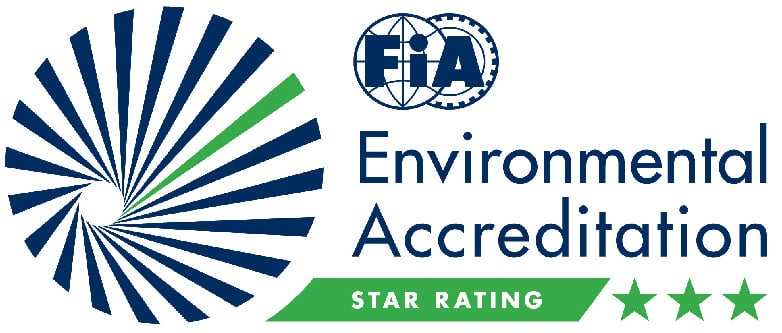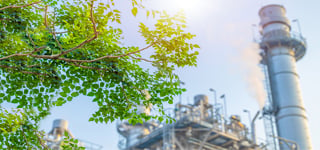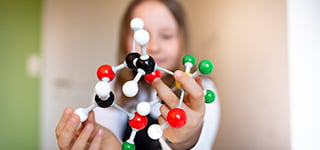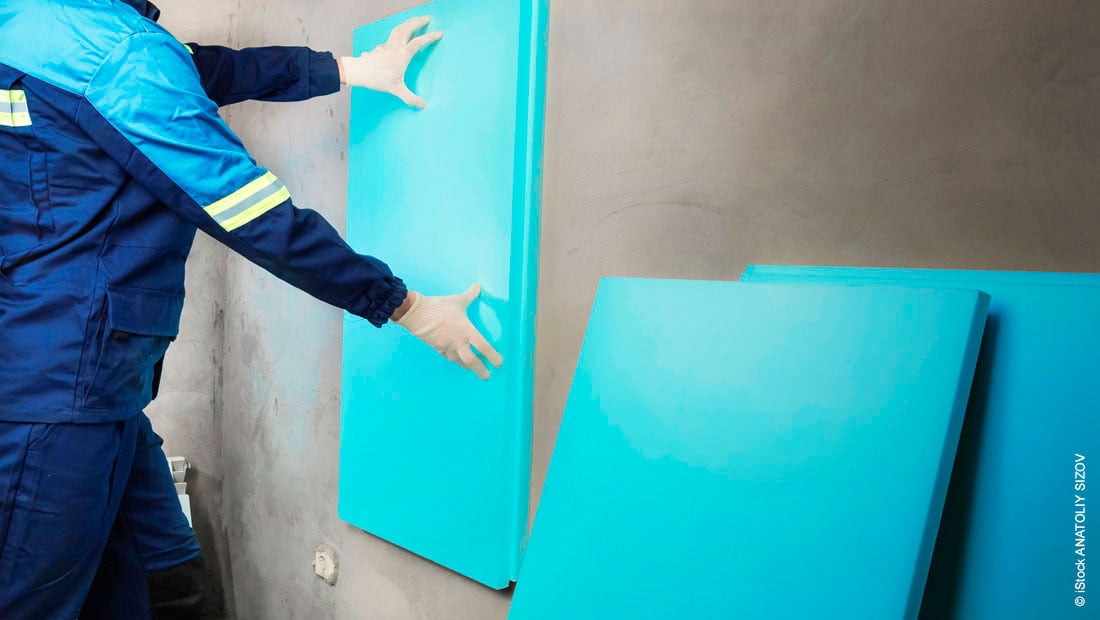
Polyurethane surrounds us in almost all areas of life. Whether in shoes, surfboards or as a high-performance insulating material, polyurethane's versatility allows it to be used in a wide variety of forms and functions. In this article, learn what polyurethane is, how it is manufactured and how its properties can be adapted to individual needs.
What is Polyurethane (PU)?
Polyurethane (PU) is a plastic that is not made from one monomer (styrene, ethylene, etc.) but from at least two components. The two monomers, a diisocyanate and a diol or polyol (a type of alcohol), are the basic materials. In fact, however, there is not one polyol and one diisocyanate, but rather a whole range of them. This also explains why polyurethane can have so many different properties and why such plastics are used everywhere.
Most common applications for polyurethanes (PU) are:
- Soft-touch-varnish
- Elastan/Spandex-fibers for clothing
- Sponges for cleaning
- Wheels for inline-skates
- Bowling balls
- Construction foam for inserting windows and doors
The technically most important application areas are:
- Insulating foams for buildings and refrigerators
- Casting compounds
- Varnishes
- Surfaces
- Mattresses & upholstery
These examples show that polyurethane can be customised for specific applications like no other plastic.
Insight: Toluoldiisocyanate for PU-Foams
Toluene diisocyanate (TDI, toluene-2,4-diisocyanate) is a frequently used molecule for PU-foams. Because it has an inflexible, aromatic molecular backbone. Products made from it also become rigid. It has two reactive centers, also called functions or functional groups. If it had only one function, it could react only once and would not form a polymer. That is why the corresponding polyol also has more than two functions. The functional groups of diisocyanate and polyol react with each other. Since there are multiple functions on each side, they could react exclusively with each other. In fact, however, it is more likely that the polyol will react with different molecules of diisocyanate. Thus, a chain reaction is triggered resulting in the desired polymer.
Depending on the choice of materials, the plastics are soft, rubbery or hard. In addition to polyols, there are also diols and triols. These alcohols have several functions and can give the resulting plastics special properties.
What is Polyisocyanurate (PIR)?
As a rule, an exactly equal ratio of polyol and diisocyanate is not selected in the production of polyurethane (PU). A plastic with a ratio of 1:1 is usually very soft and mechanically unstable. Therefore, one often uses an excess of diisocyanate, up to a ratio of 1:4. The diisocyanate can also react with itself, crosslinking with each other and thus making the polymer harder and more resistant. In this case, one would not speak of a polyurethane (PU), but of a polyisocyanurate (PIR).
The transition between the two is fluid; colloquially, one usually sticks with the term polyurethane. A pure polyisocyanurate would be theoretically possible, but practically uninteresting because of its properties. PIR foams are used for insulation materials in the construction industry and for refrigeration equipment. The blowing agent for such foams is usually Pentanes such as → iso-Pentane, → n-Pentane and → Cyclopentane. Haltermann Carless is one of the world's few manufacturers of all three Pentane isomers.
Conclusion
Thanks to polyurethane (PU), our everyday lives are becoming more advanced, safer and more sustainable. Due to the different reaction with various components, polyurethane sets hardly any limits in its application possibilities and often enables easier, faster and ecologically more sensible use than conventional construction and plastic materials. Pentanes from Haltermann Carless are an established, environmentally friendly solution to other blowing agents here.
Also worth reading:
- Haltermann Carless: Largest Cyclopentane capacity for the world market
- Tailor-made Pentane blends from Haltermann Carless




